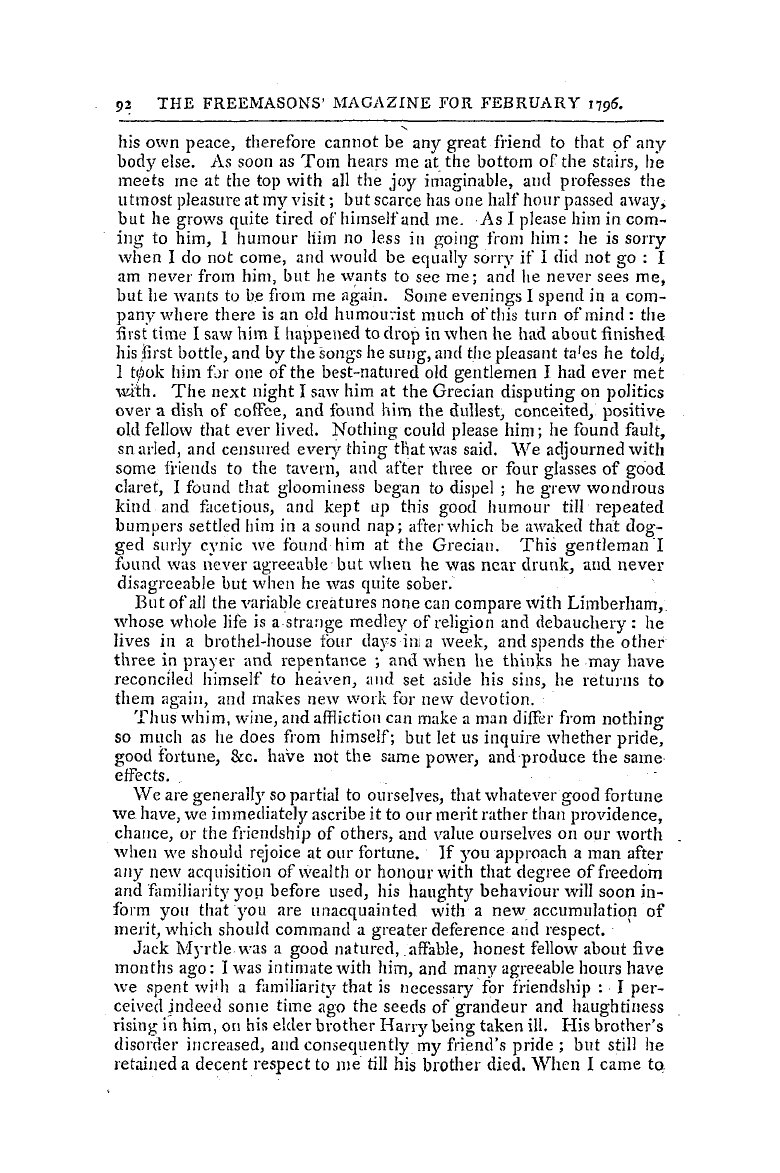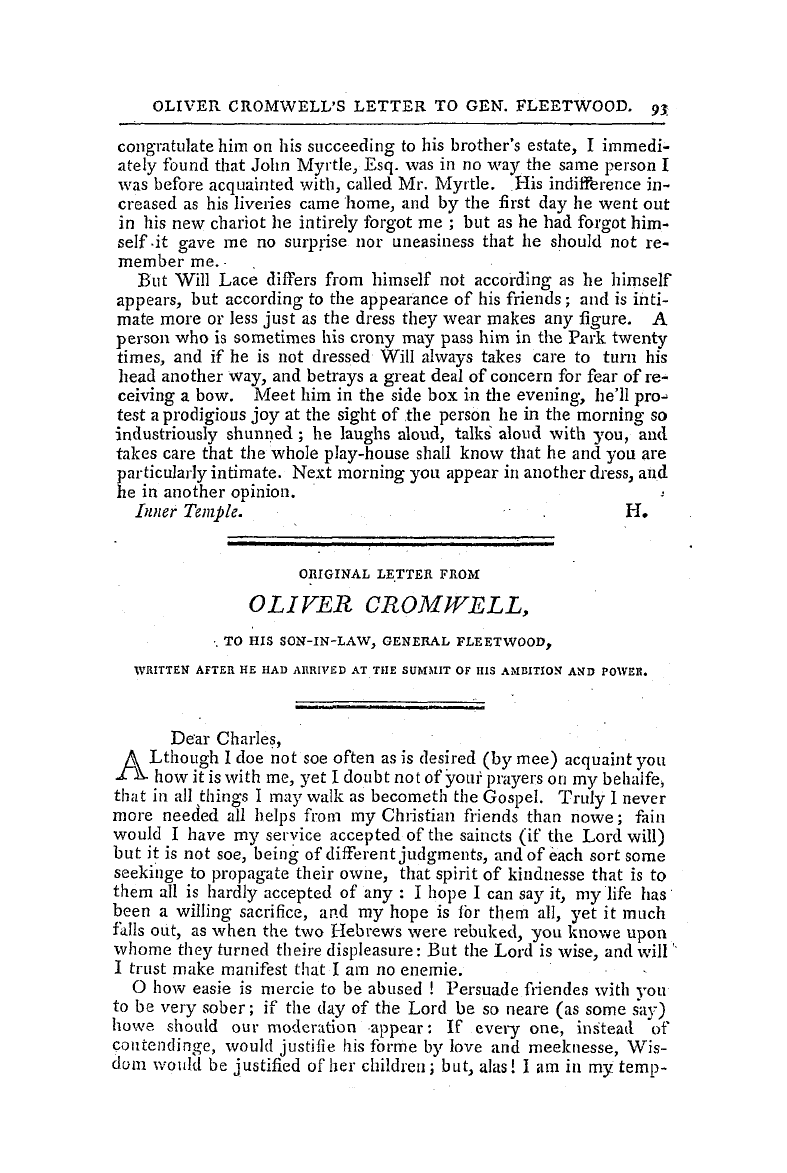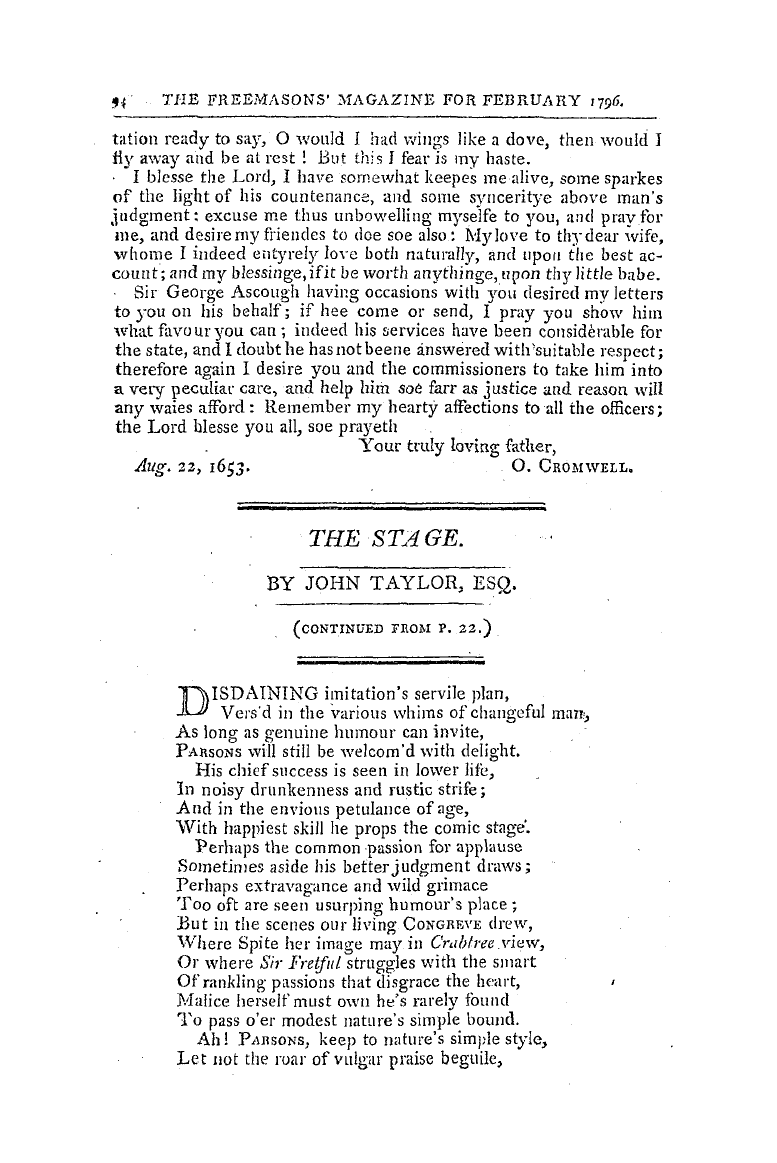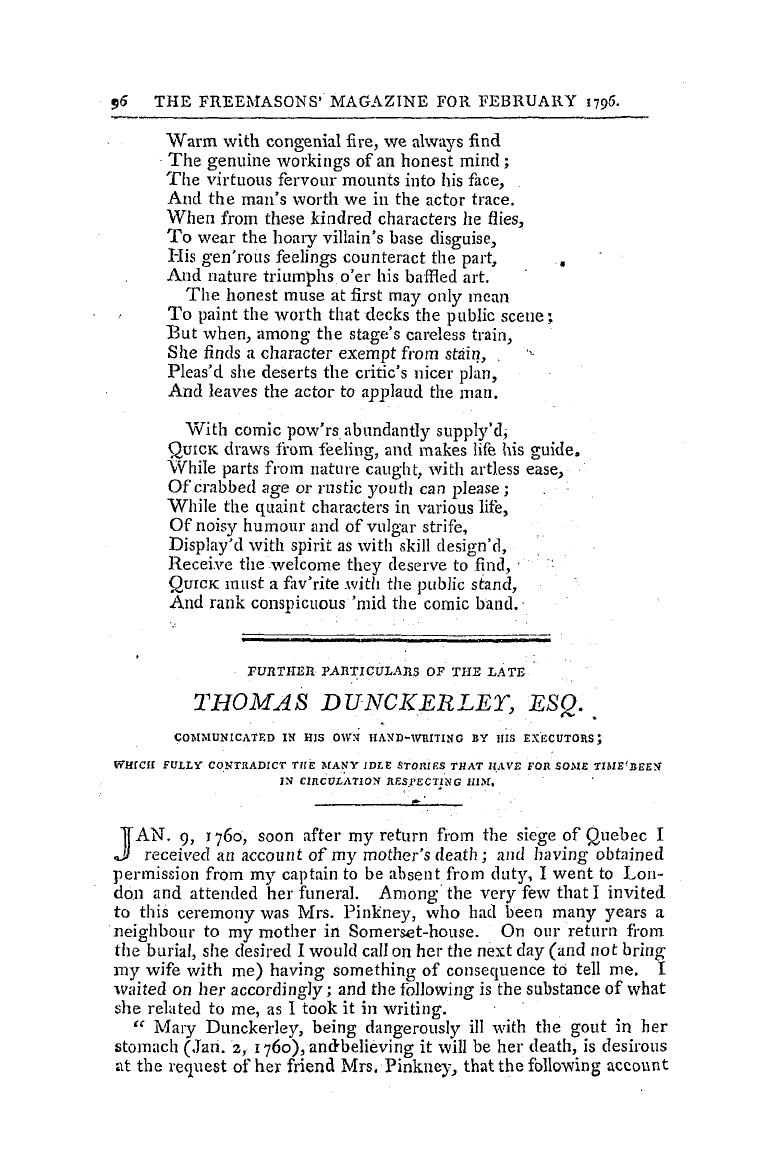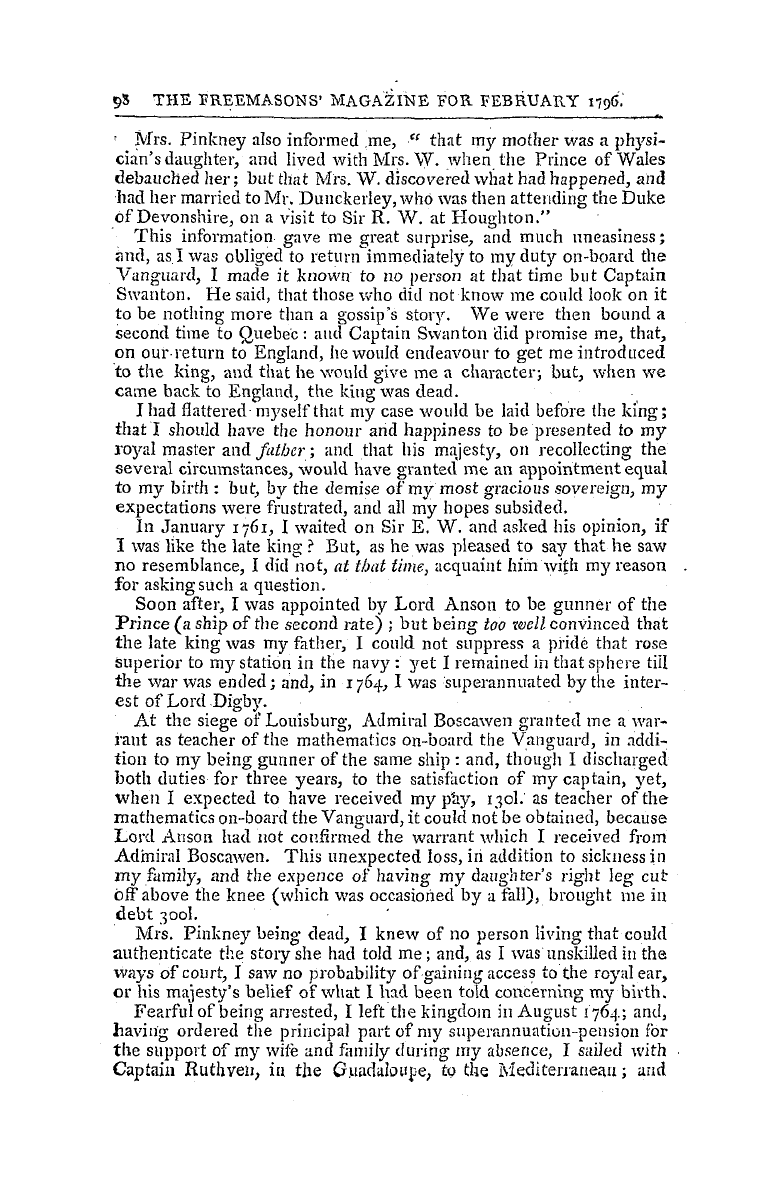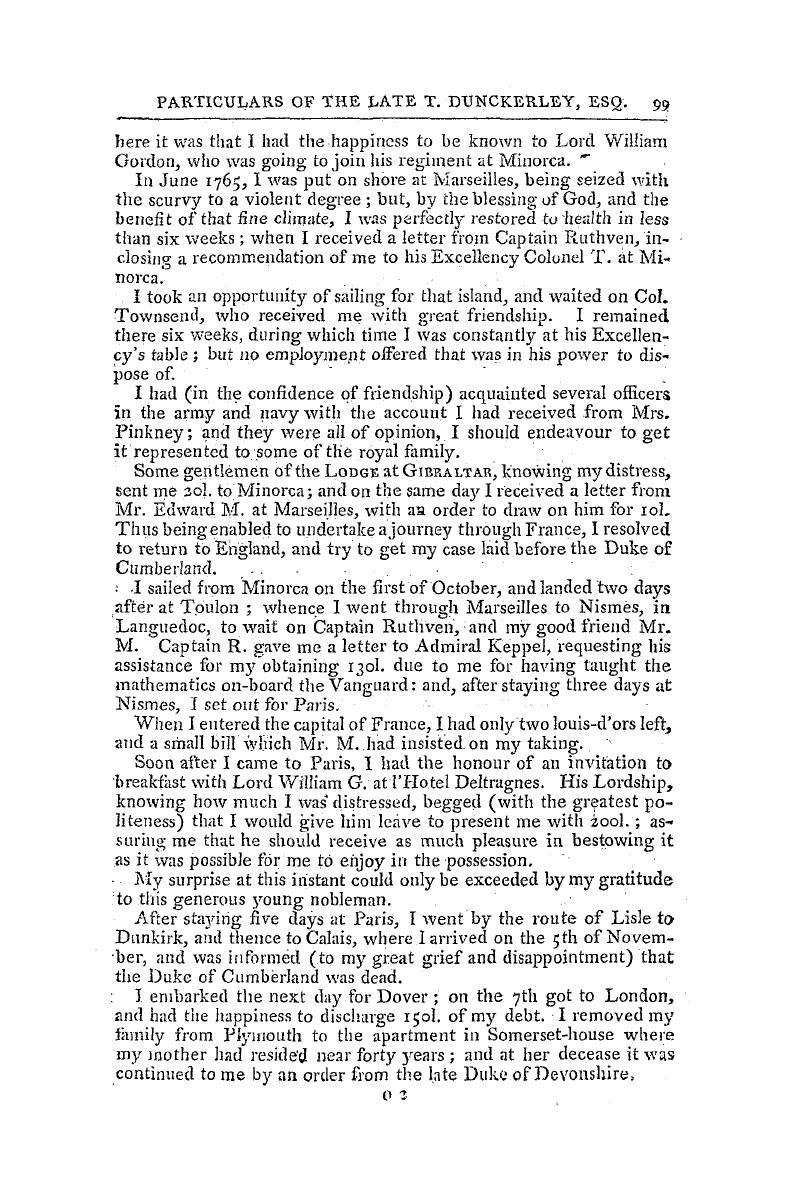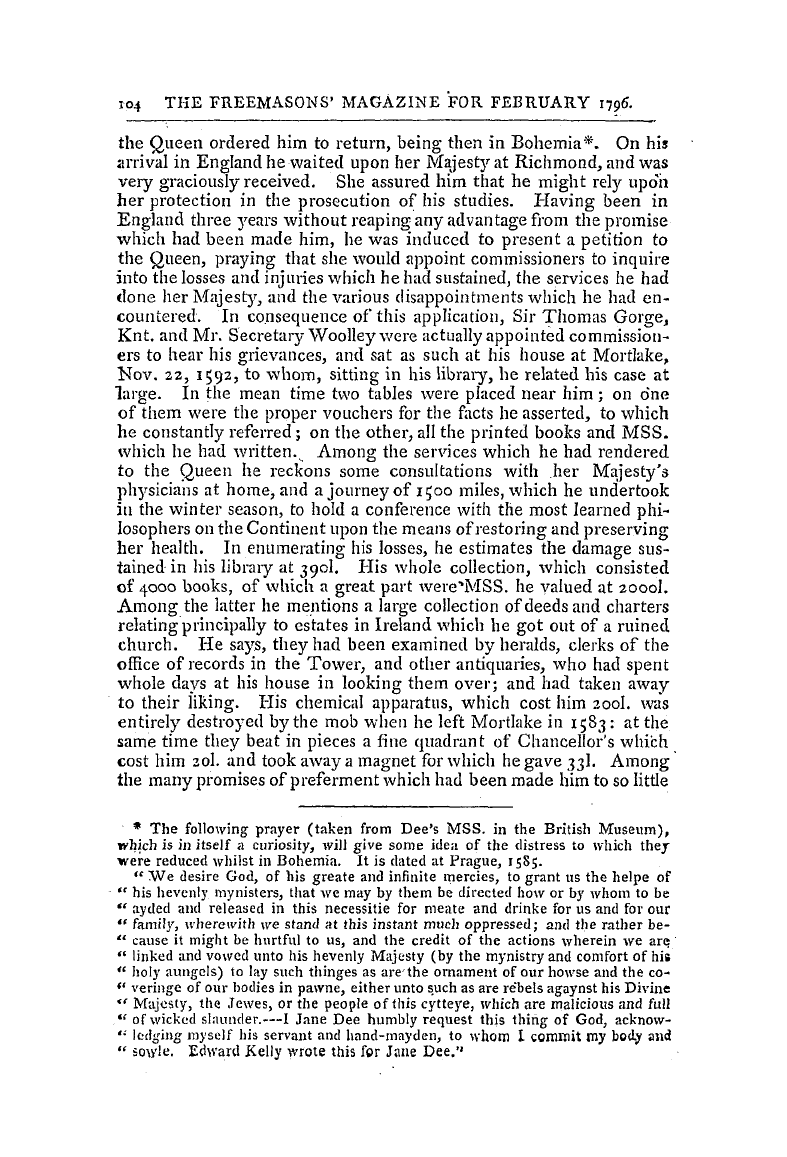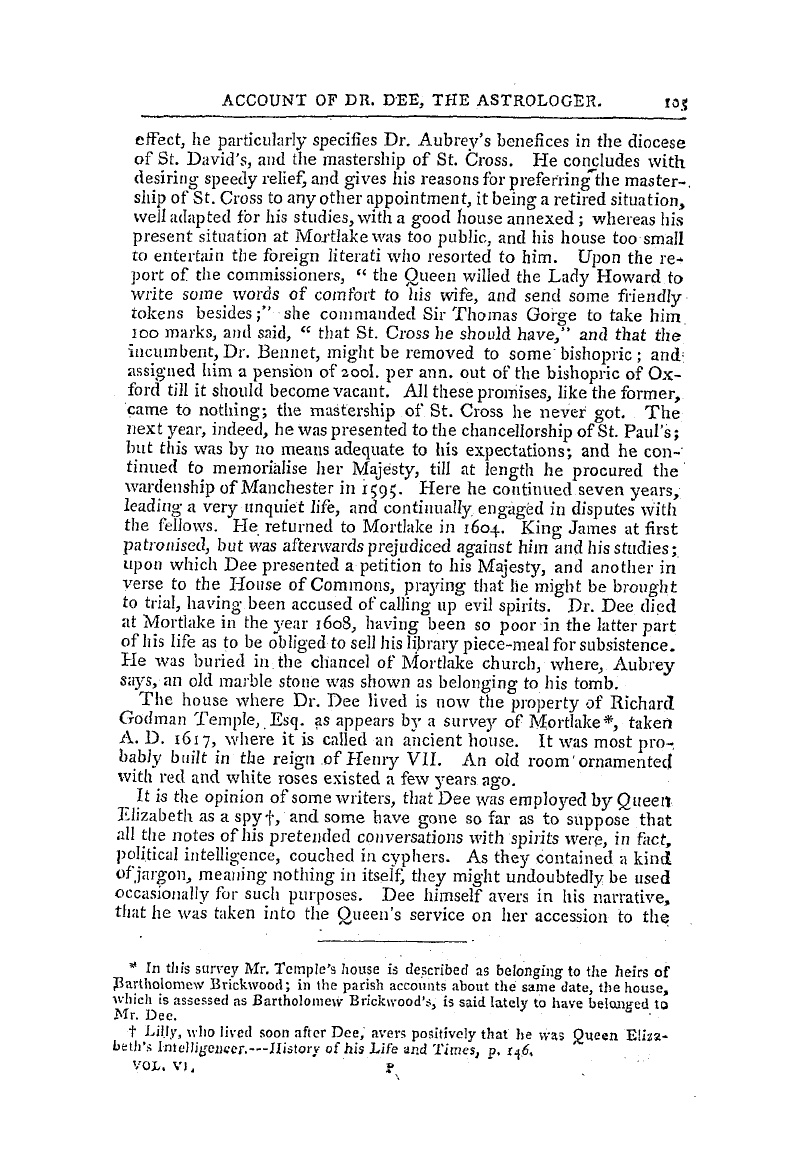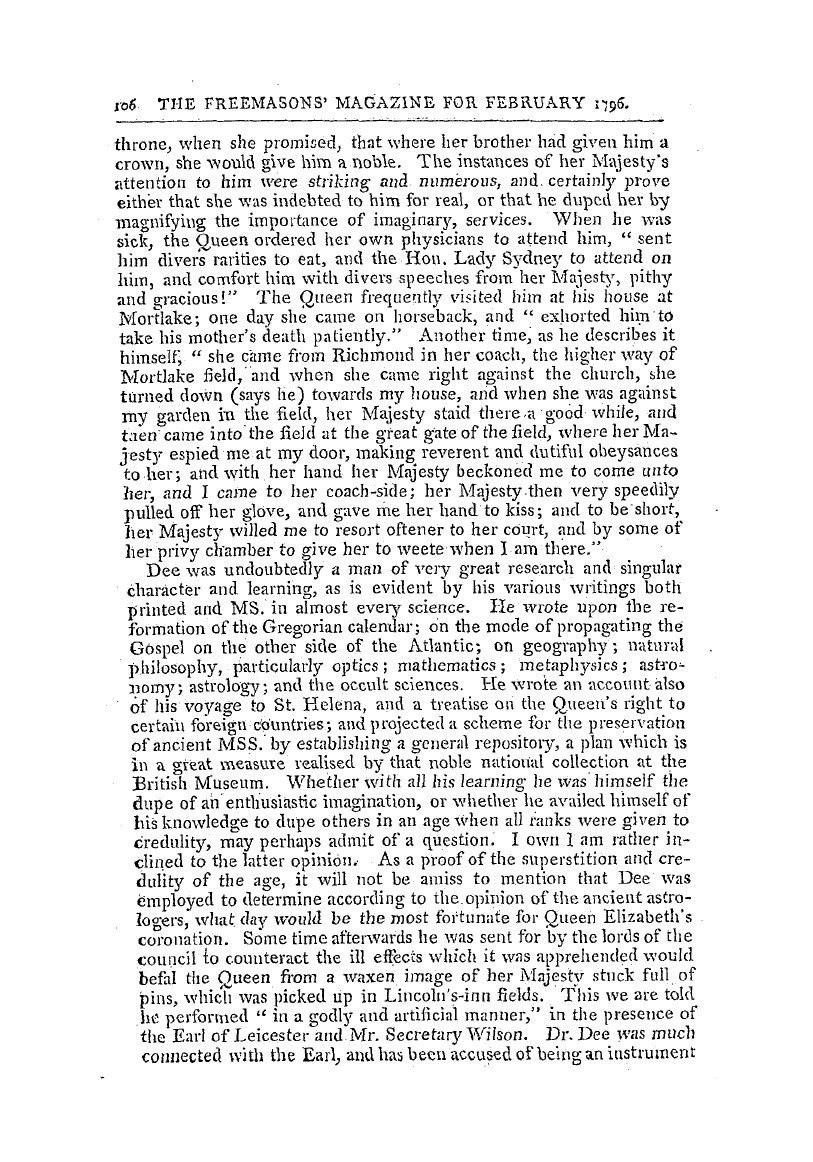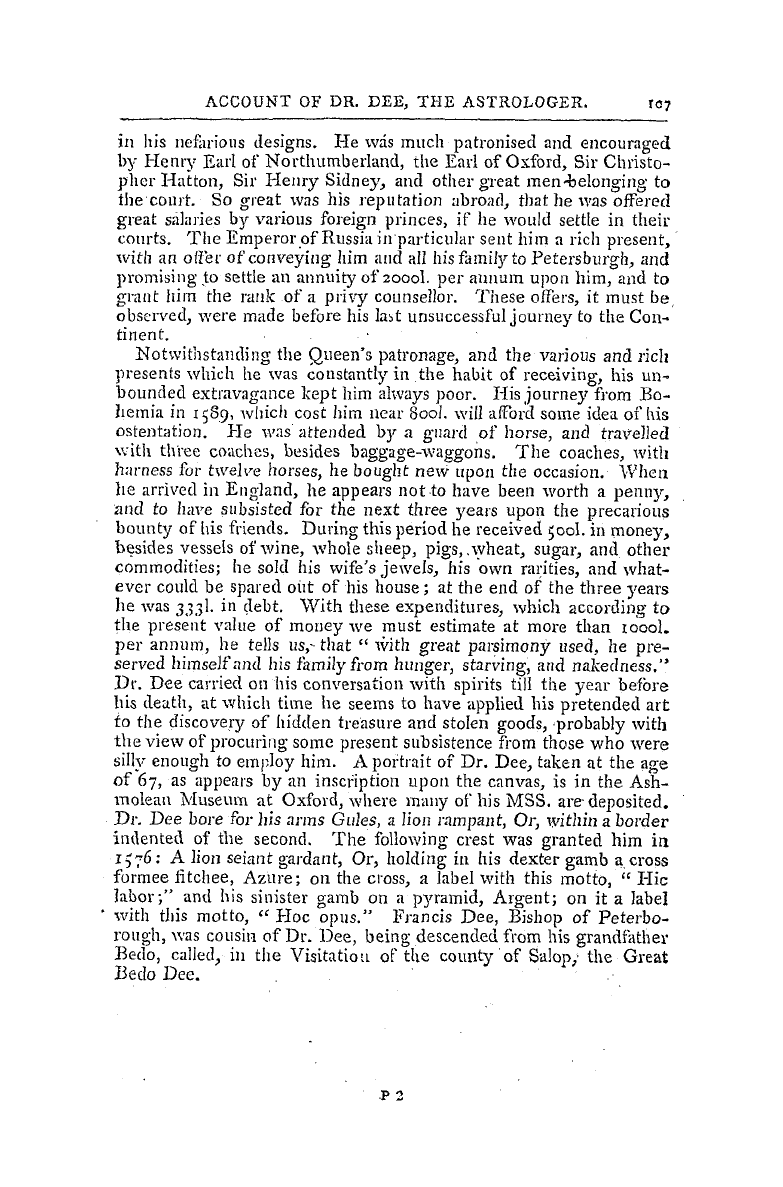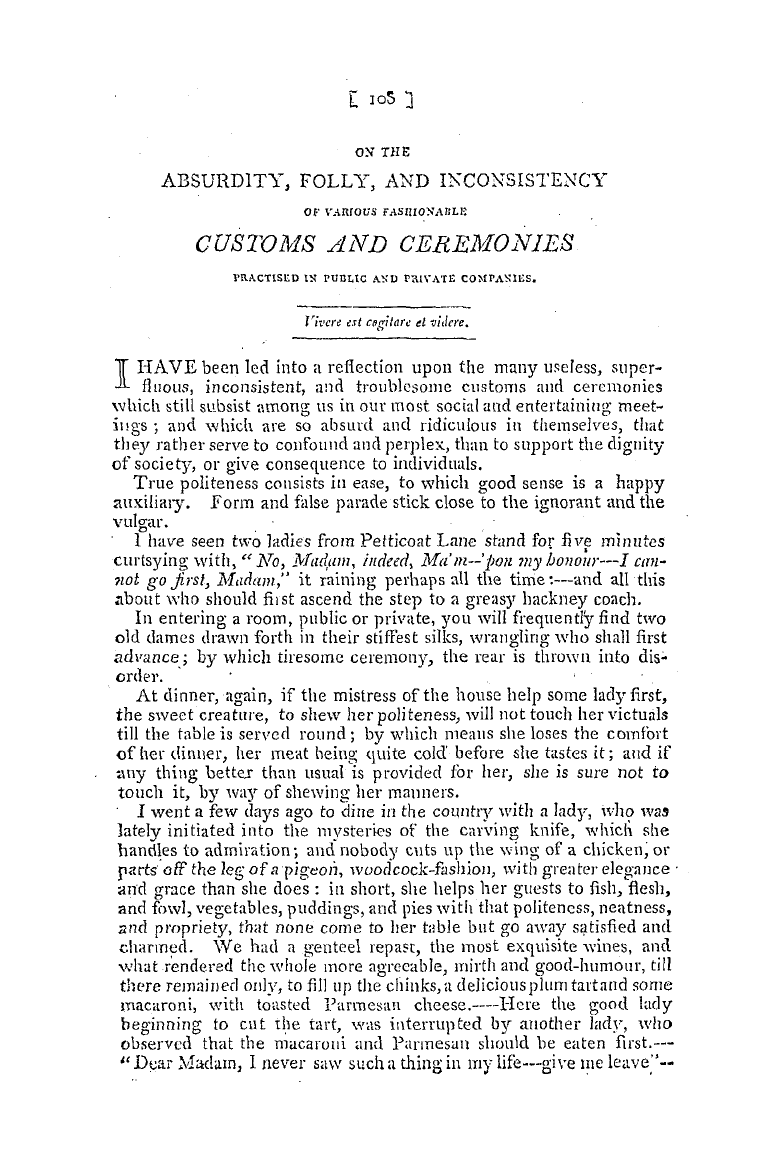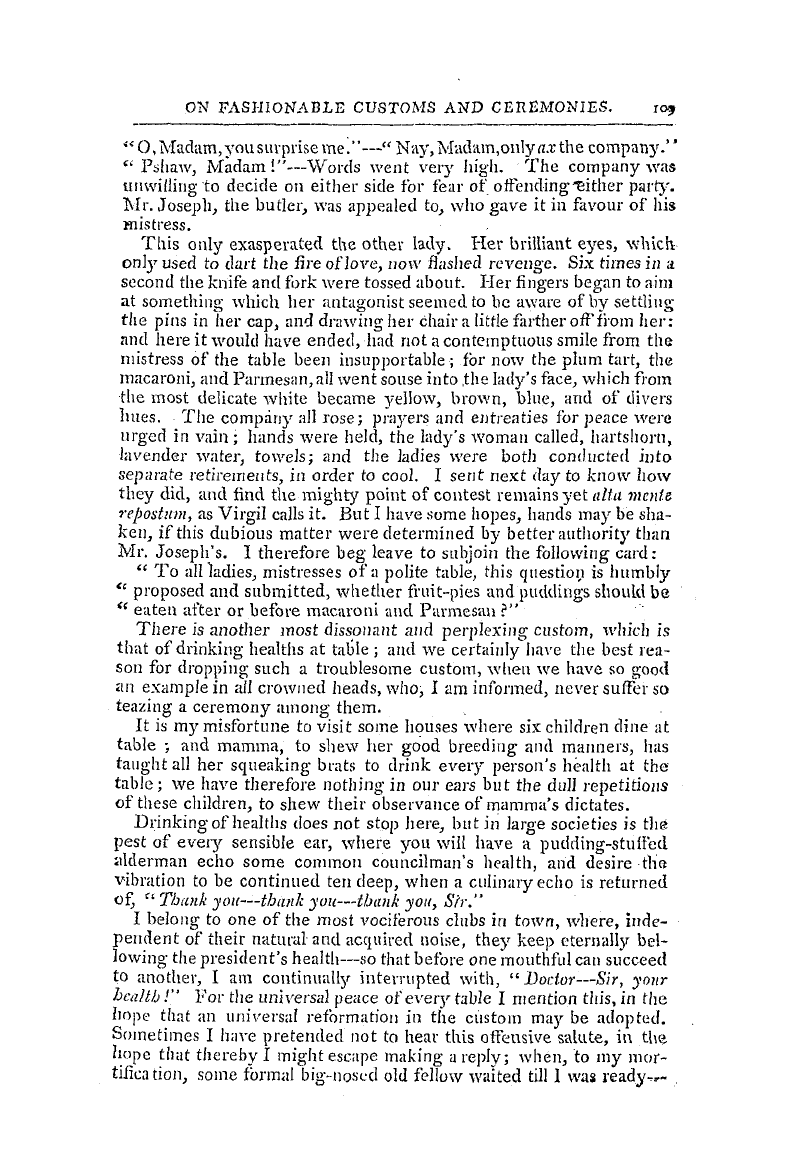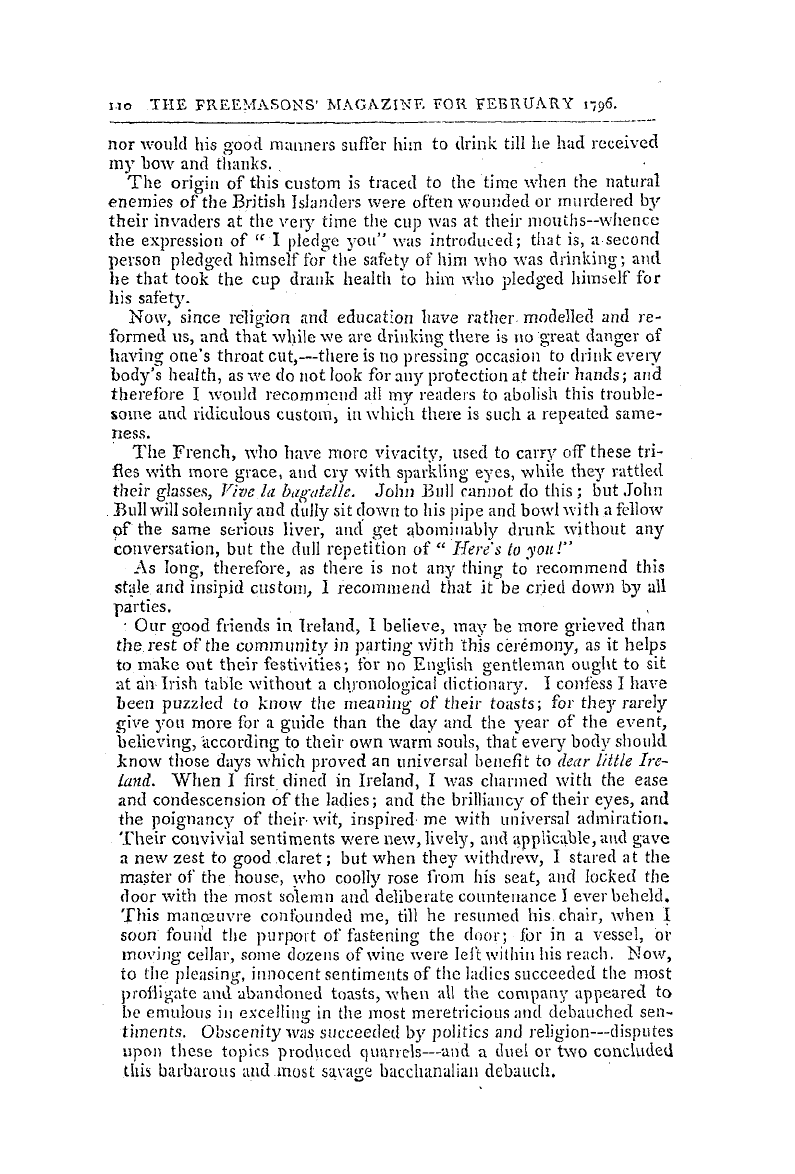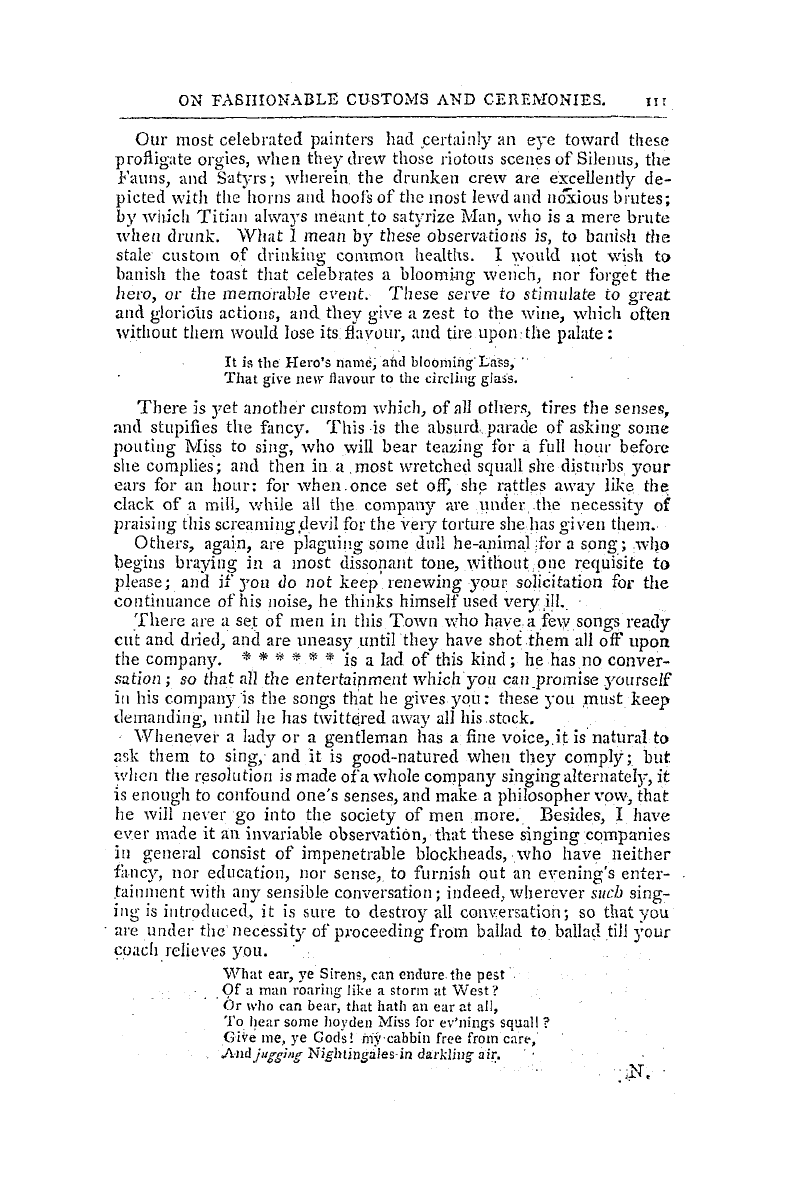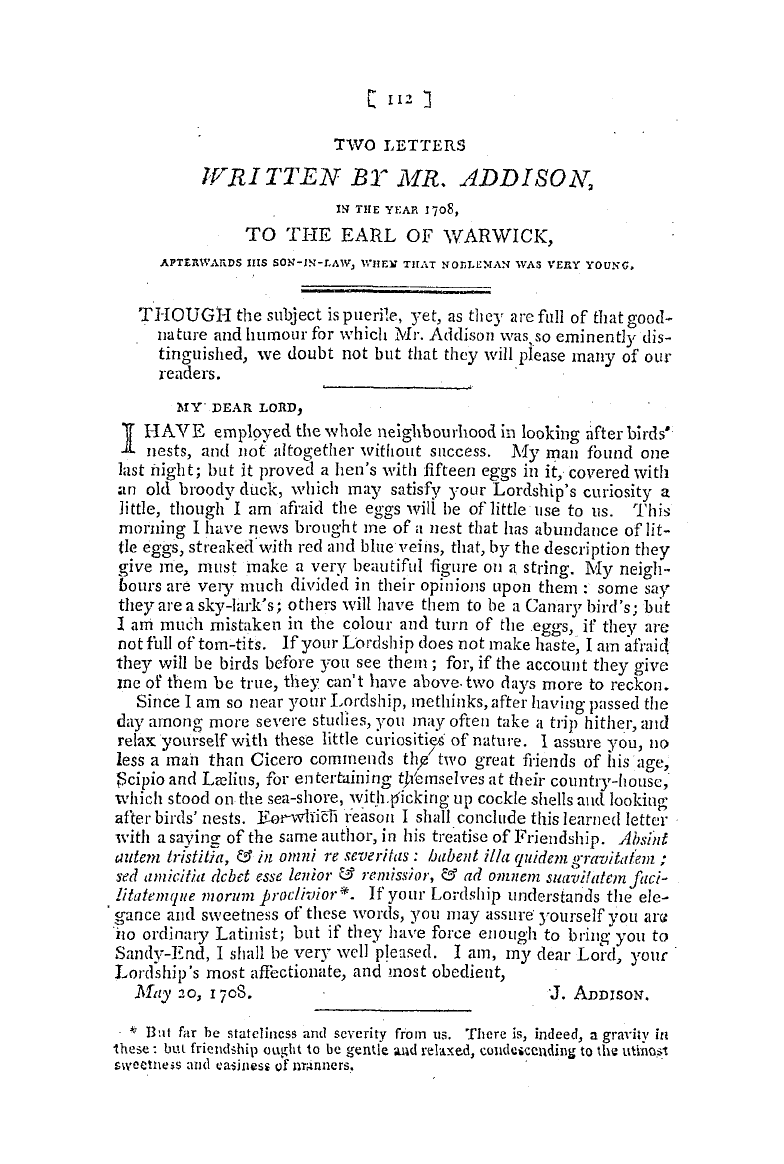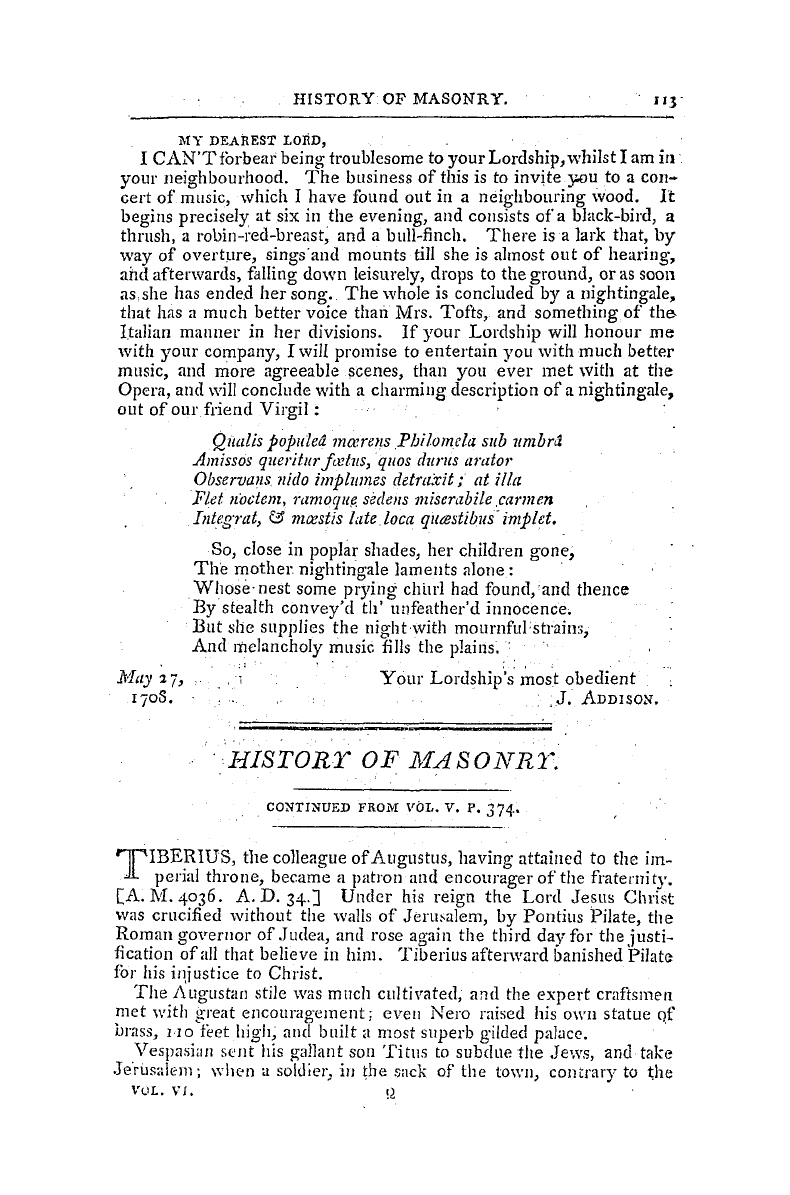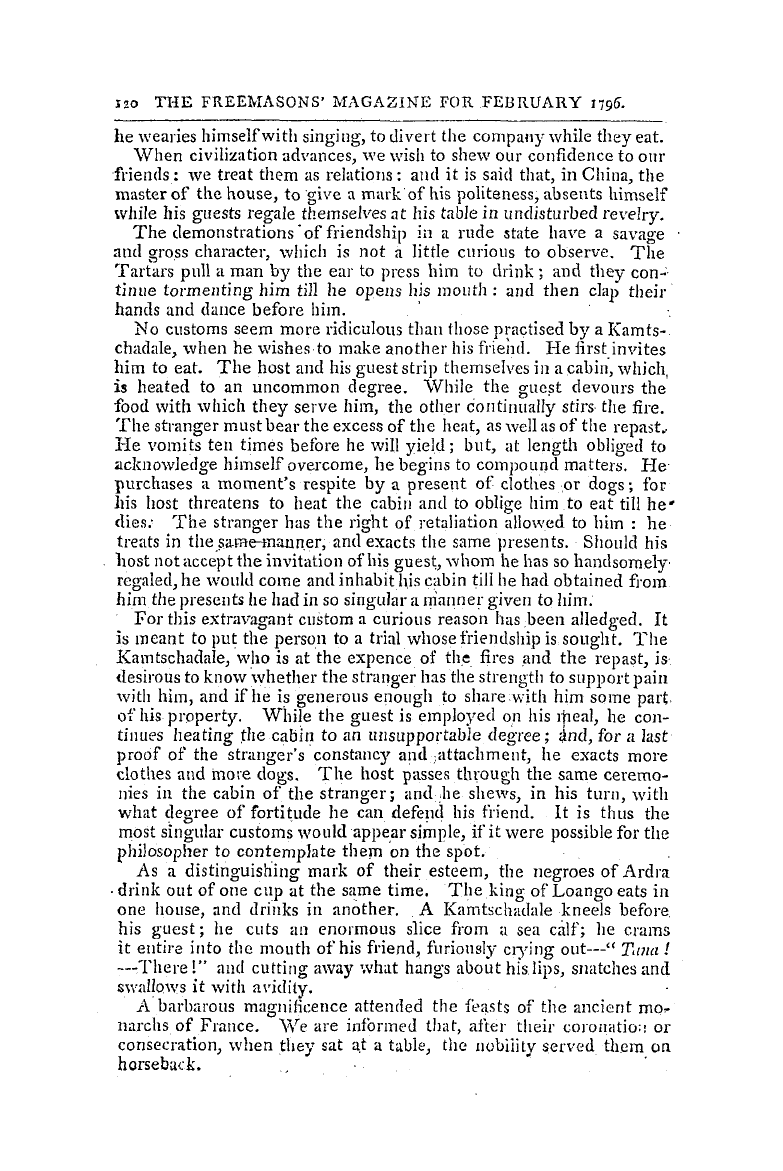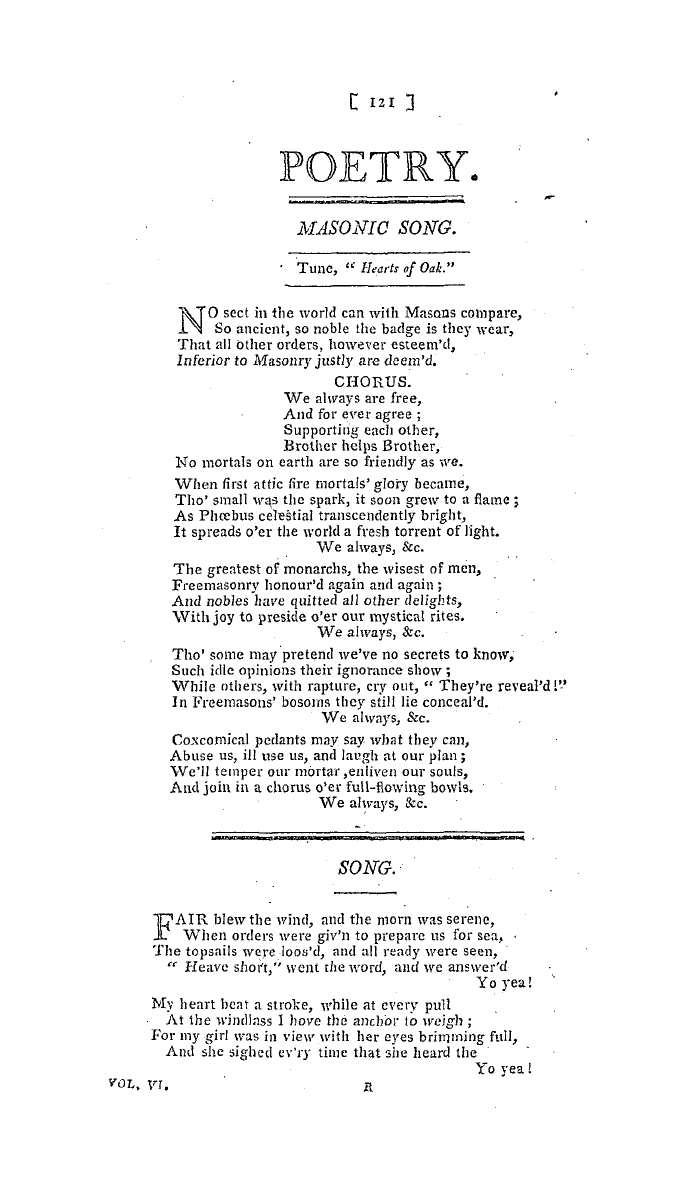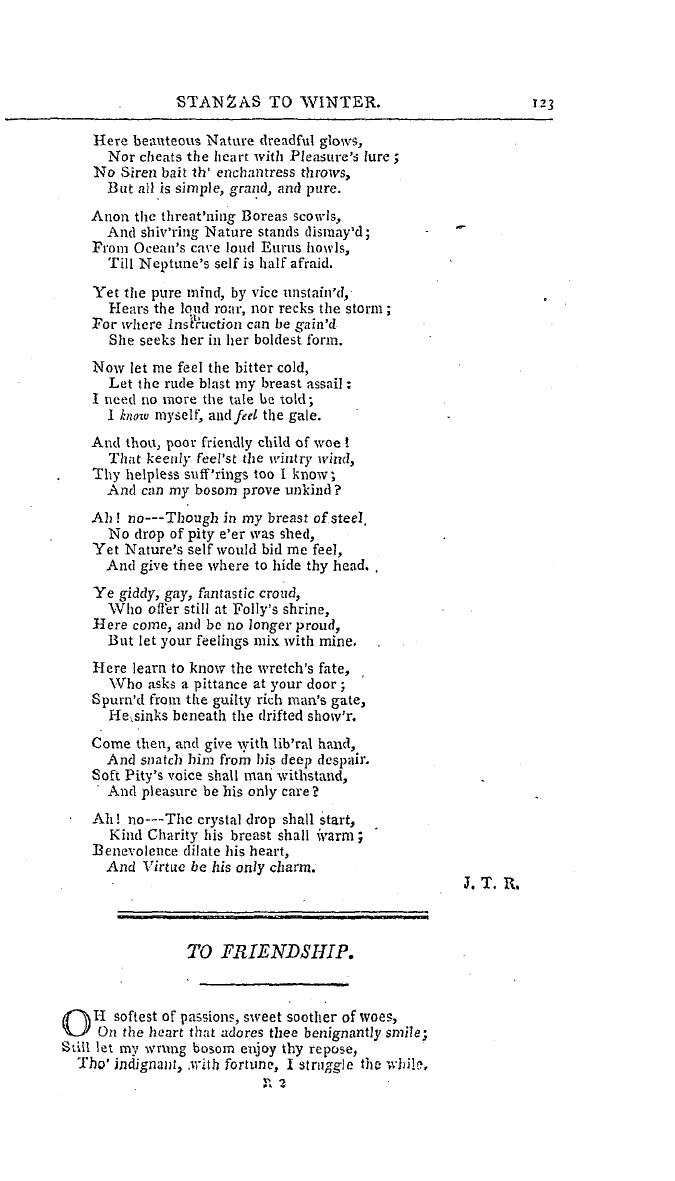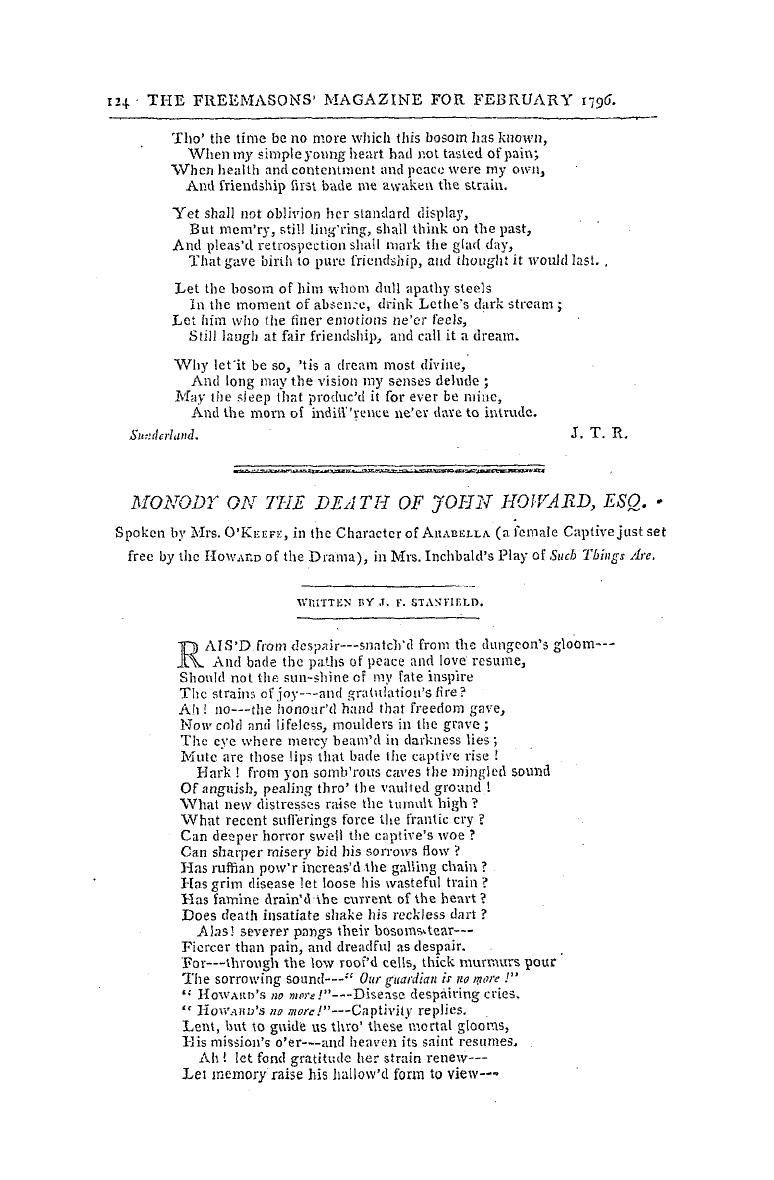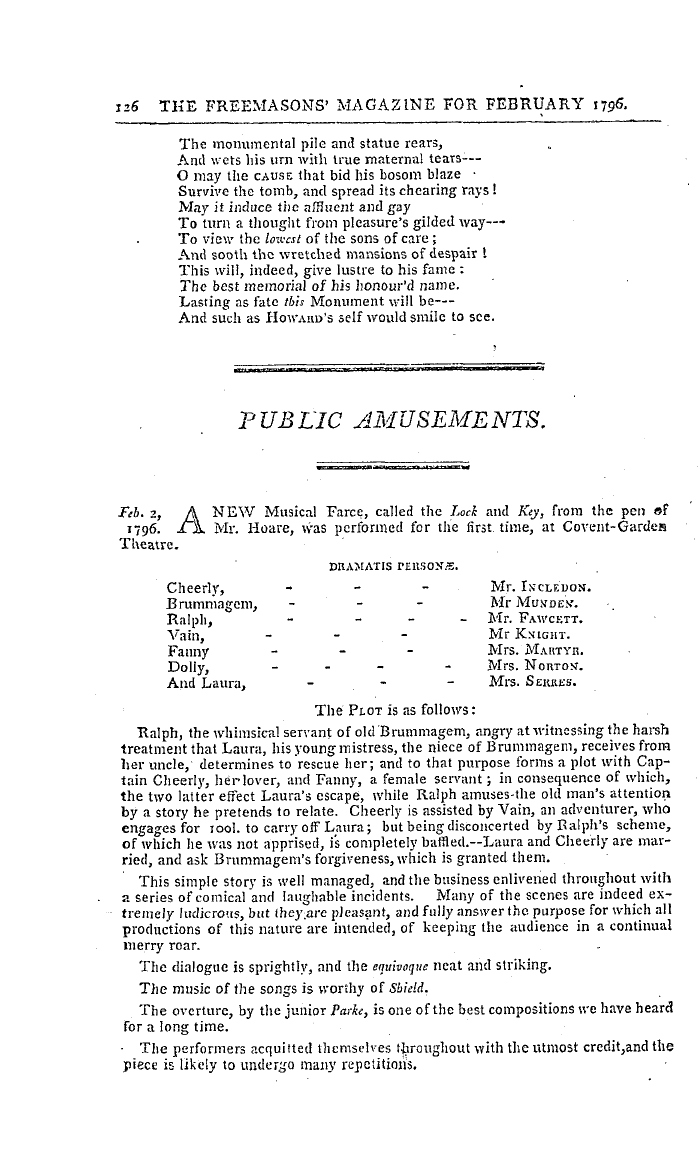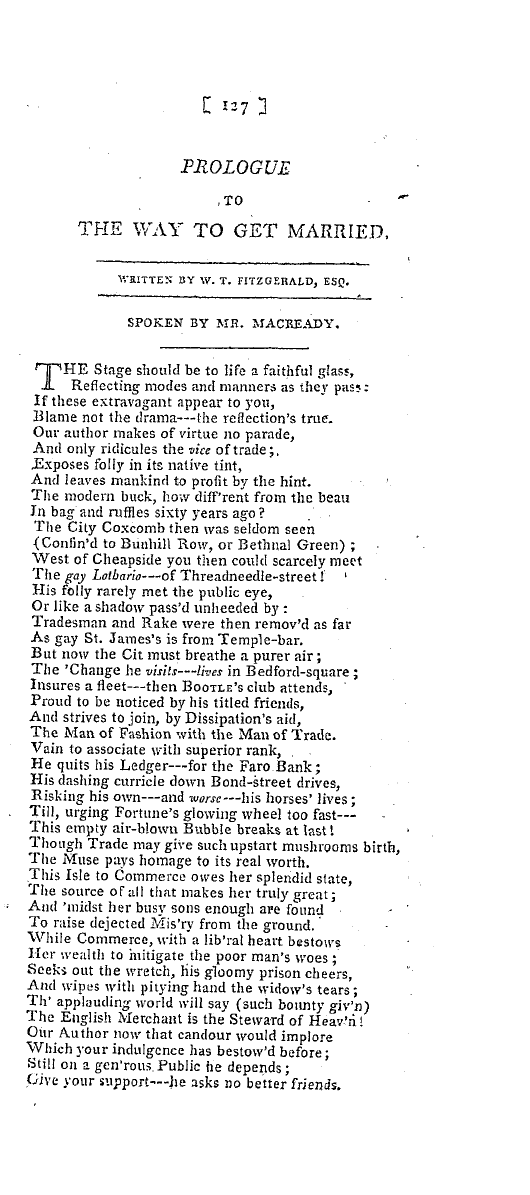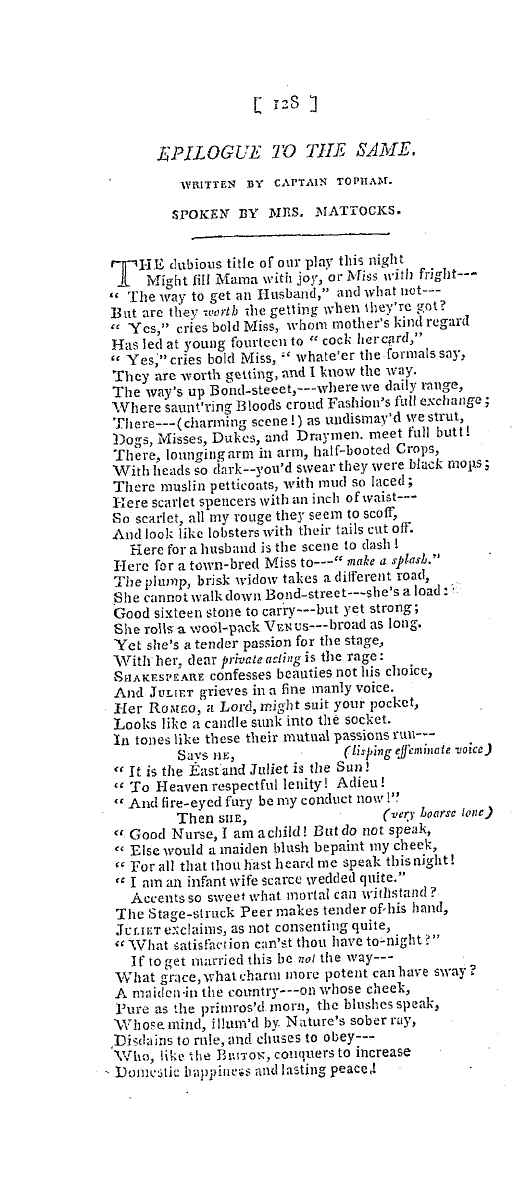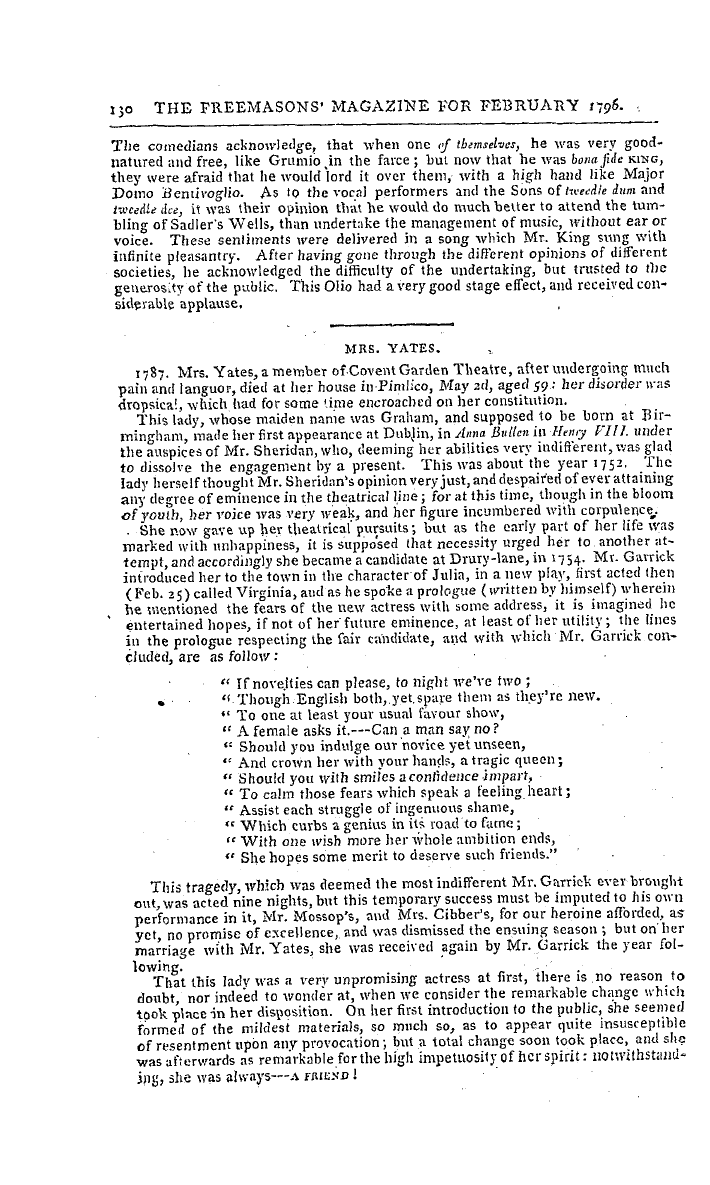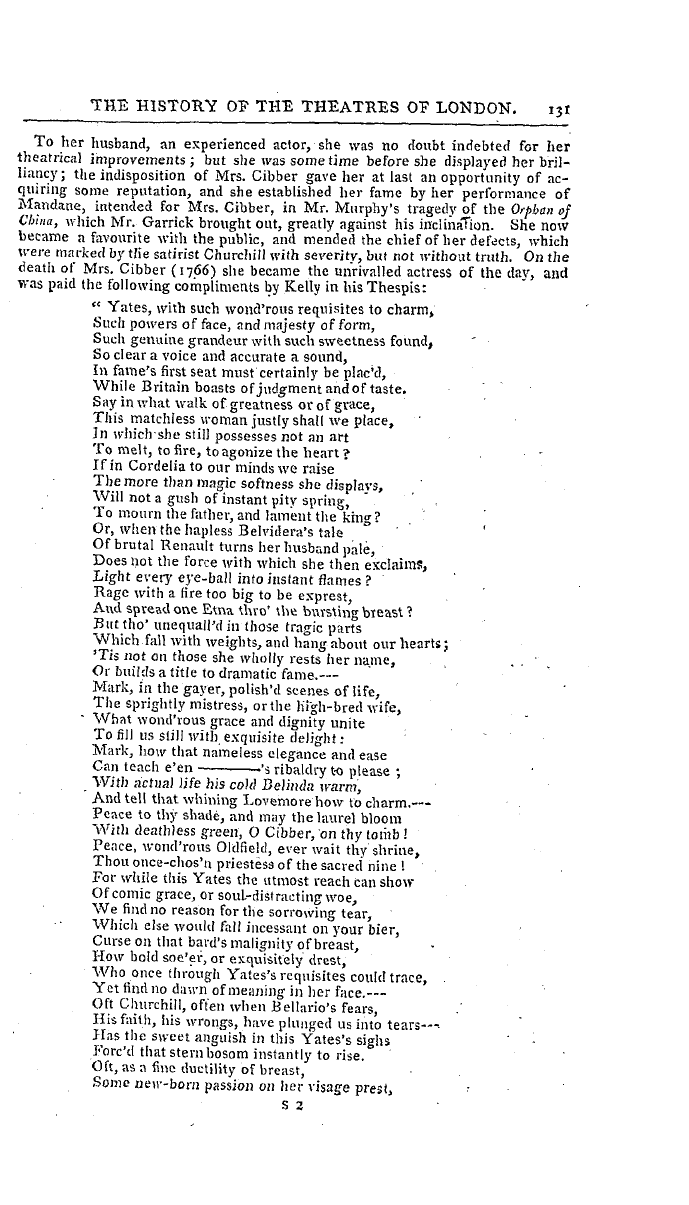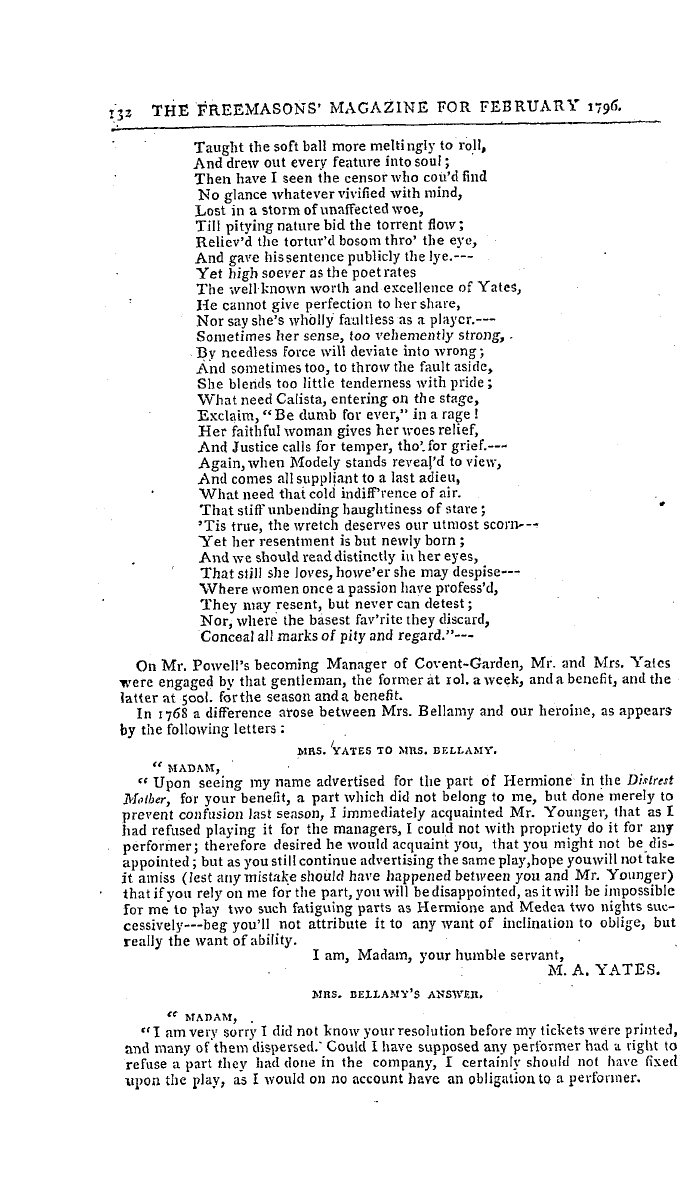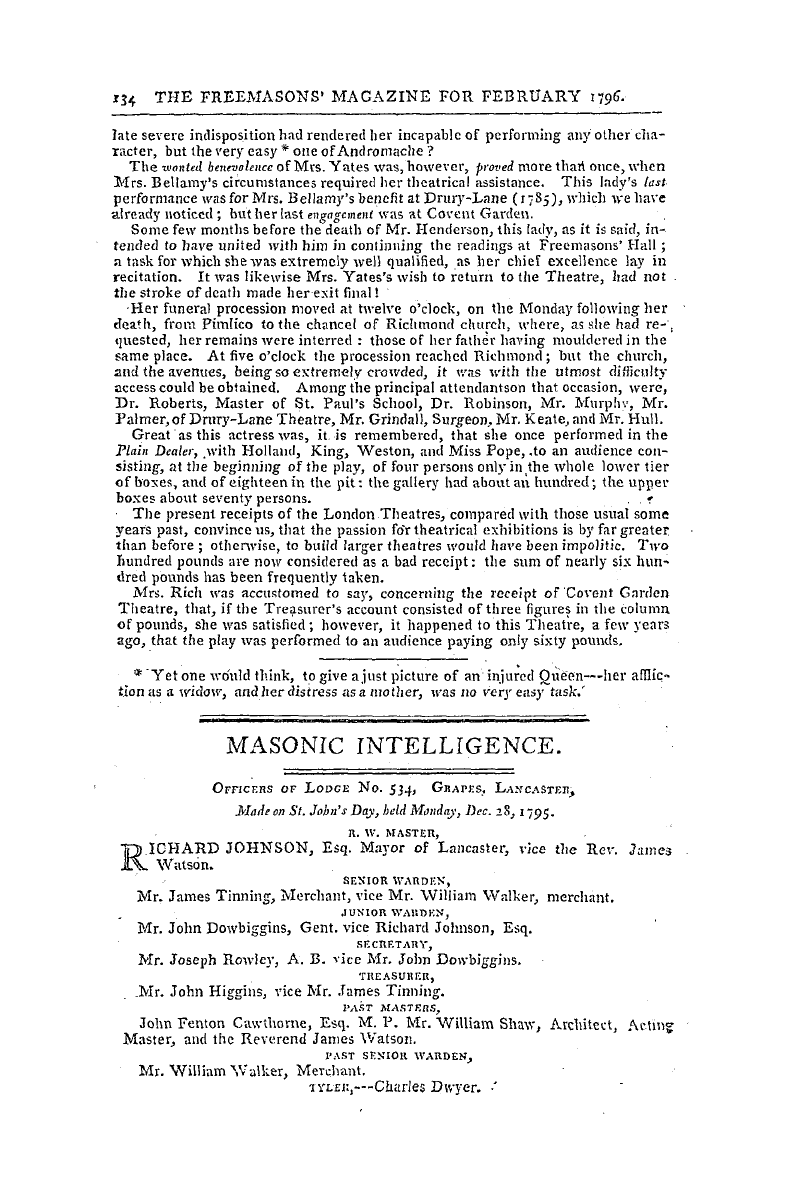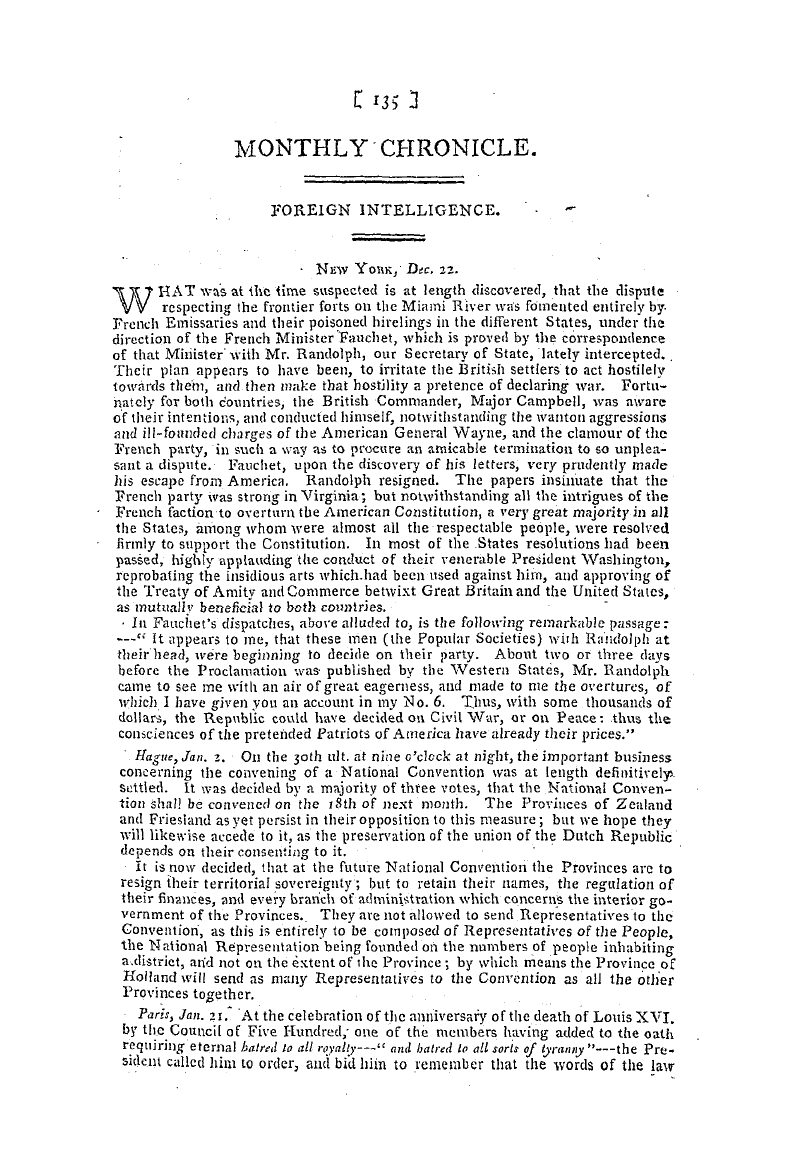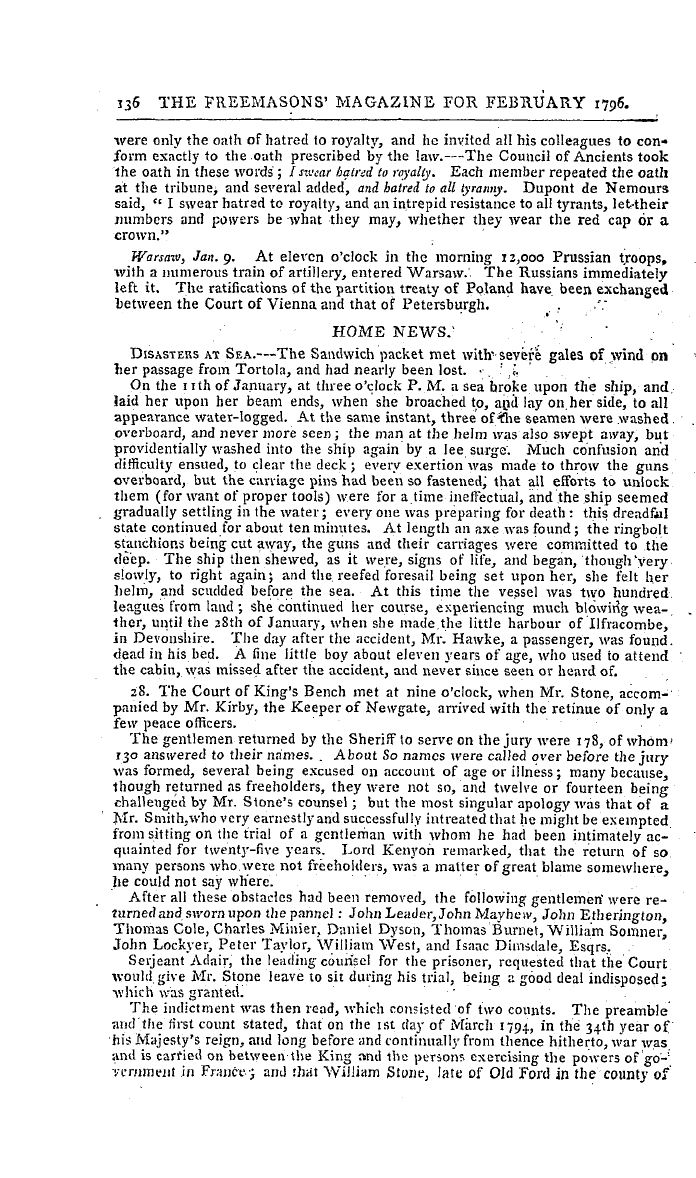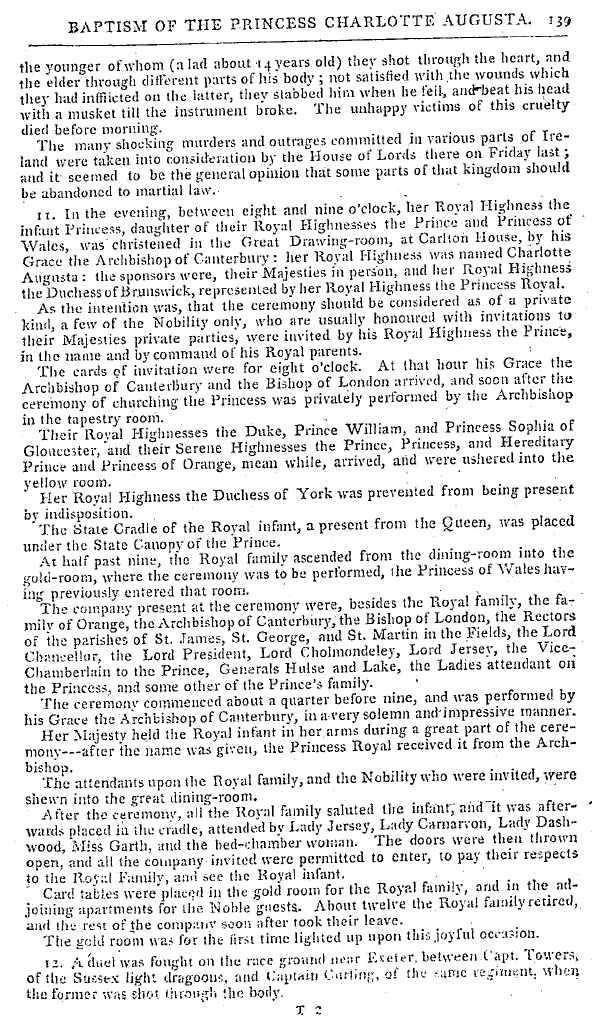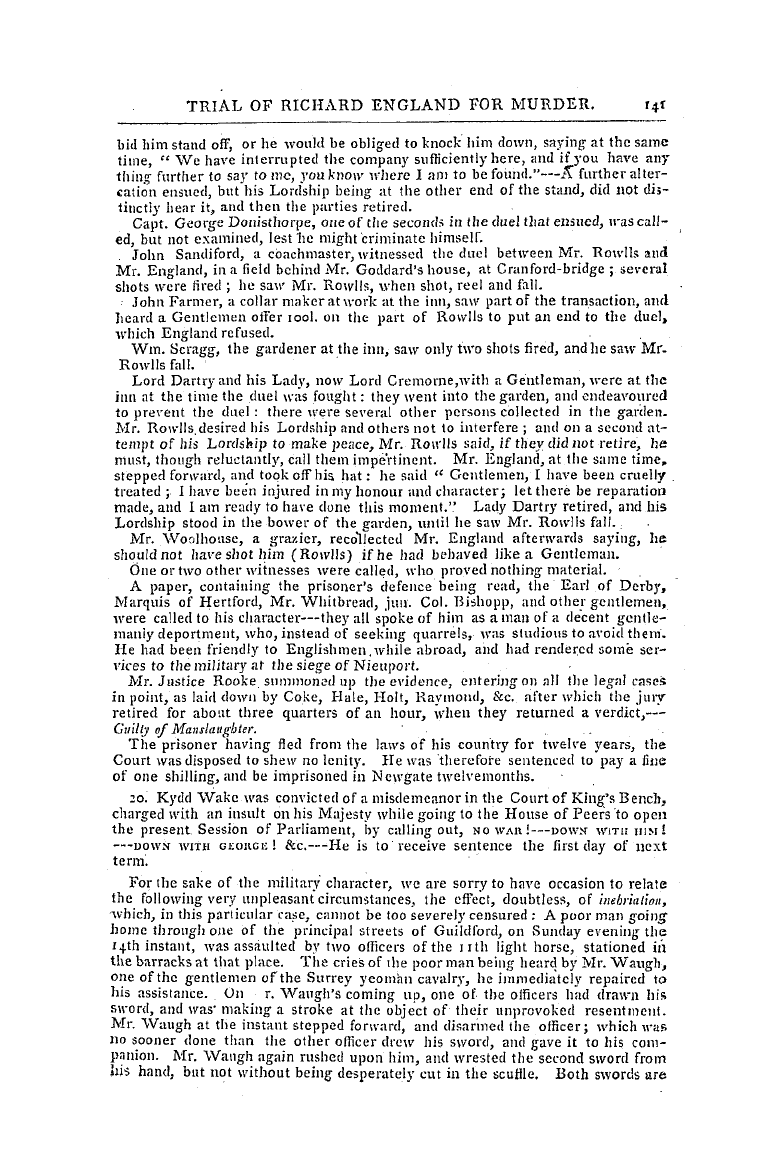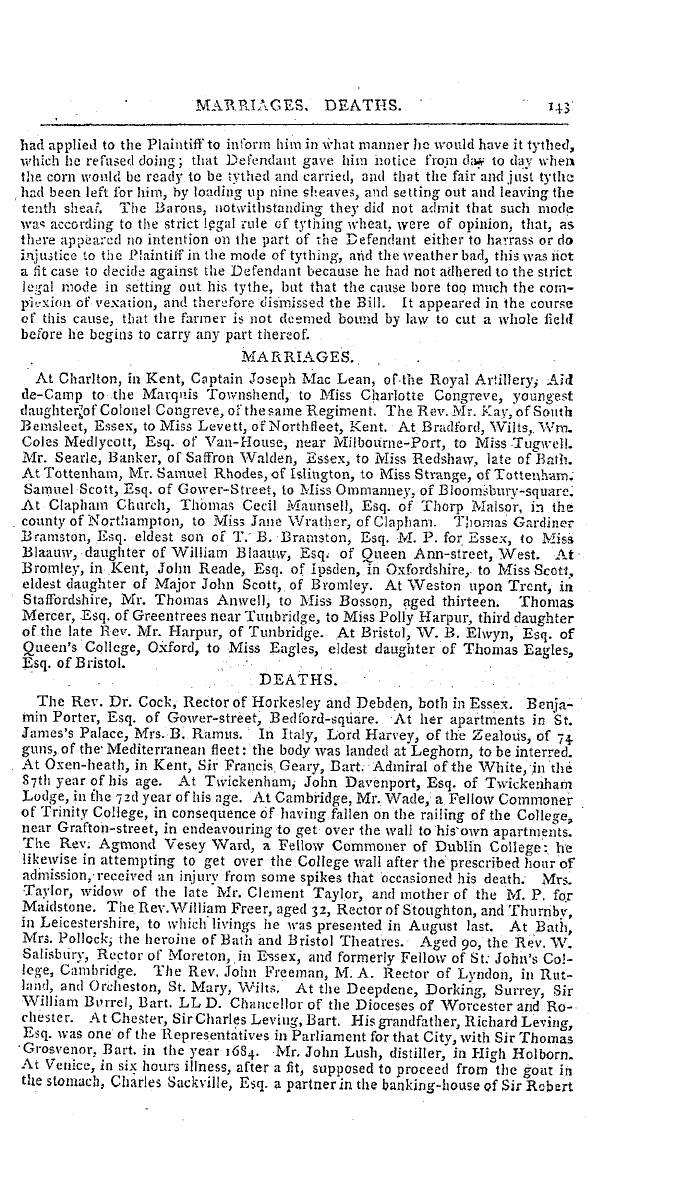-
Articles/Ads
Article HISTORY OF MASONRY. ← Page 6 of 6
Note: This text has been automatically extracted via Optical Character Recognition (OCR) software.
History Of Masonry.
ment might be dictated by those sparry concretions sometimes observable in caverns . In such subterranean recesses , when water , loaded with stony particles , distils from any part of the roof , it forms a petrifaction hanging down like an icicle ; while on the floor , where the drops fall , a similar conical concrete rises . If thereof be not too high , and if the operation be constant , the two points at length meetandthickening at the junctionunite into a column
, , , , which seems designedly placed for support ; and the very irregularities of its form might assist invention in fluting , and other fanciful'decorations . The Grecian column being suggested by the trunk of a tree , felled , and dismembered of its branches , some bold genius , at the revival of architecturestruck out a new desi which wasto adopt the tree
, gn , , in full growth ; and , as far as the nature of the materials would admit , to imitate in stone those awful sacred groves , wherein the heathen nations used to worship their divinities . Then it was that mankind saw churches formed , as it were , by assemblages of trees , whose lofty intersecting branches composed a vaulted roof , with many ribs , angles , and points of junctionwhere they metliht being received through
, ; g windows of painted glass , divided into compartments by stone ribs , that meeting also in angles , resembled the branches . and leaves of an opening grove ! There was sublimity in . the idea ; and with what artit was executed , will appear from the long vistas in a Gothic
cathedral , and of a close lofty grove , mutually exciting the recollection of eachother . It has perhaps been too much the fashion to depreciate the Gothic architecture out of compliment to that of Greece and Rome ; but while the great age of many of our churches and collegiate buildings justifies the principles and proportions of the former , there appears no reason to sacrifice the one to the otheras their merits are sufficientldistinct
, y for both to be received . Good designs in either will be a source of sublimity ; but the impression will depend on the agreement of the stile with the purpose of a building . It is not easy in all cases to define our feelings ; and to attempt discriminating the sublimity of architecture into species , is perhaps an act of temerity : but under this acknowledgment , the Greek architecture appears calculated to elevate
the mind to an admiration of beauty and magnificence ; and the Gothic , to impress us with emotions of solemnity and awe ! The cathedral of St . Paul , in London , surprises us , indeed , by the harmony and grandeur of the several parts of so vast an edifice ; but that of St . Peter , in Westminster , strikes us , moreover , at the first entrance , with reverential awethat disposes the mind to ious meditationand offices
, p , of devotion . If there be any justice in this distinction , the inference will be , that the five Grecian orders are best adapted to civil purposes ; and that the Gothic may rank as a sixth , peculiarly applicable to ecclesiastical structures , and might be termed—the Collegiate order .
Note: This text has been automatically extracted via Optical Character Recognition (OCR) software.
History Of Masonry.
ment might be dictated by those sparry concretions sometimes observable in caverns . In such subterranean recesses , when water , loaded with stony particles , distils from any part of the roof , it forms a petrifaction hanging down like an icicle ; while on the floor , where the drops fall , a similar conical concrete rises . If thereof be not too high , and if the operation be constant , the two points at length meetandthickening at the junctionunite into a column
, , , , which seems designedly placed for support ; and the very irregularities of its form might assist invention in fluting , and other fanciful'decorations . The Grecian column being suggested by the trunk of a tree , felled , and dismembered of its branches , some bold genius , at the revival of architecturestruck out a new desi which wasto adopt the tree
, gn , , in full growth ; and , as far as the nature of the materials would admit , to imitate in stone those awful sacred groves , wherein the heathen nations used to worship their divinities . Then it was that mankind saw churches formed , as it were , by assemblages of trees , whose lofty intersecting branches composed a vaulted roof , with many ribs , angles , and points of junctionwhere they metliht being received through
, ; g windows of painted glass , divided into compartments by stone ribs , that meeting also in angles , resembled the branches . and leaves of an opening grove ! There was sublimity in . the idea ; and with what artit was executed , will appear from the long vistas in a Gothic
cathedral , and of a close lofty grove , mutually exciting the recollection of eachother . It has perhaps been too much the fashion to depreciate the Gothic architecture out of compliment to that of Greece and Rome ; but while the great age of many of our churches and collegiate buildings justifies the principles and proportions of the former , there appears no reason to sacrifice the one to the otheras their merits are sufficientldistinct
, y for both to be received . Good designs in either will be a source of sublimity ; but the impression will depend on the agreement of the stile with the purpose of a building . It is not easy in all cases to define our feelings ; and to attempt discriminating the sublimity of architecture into species , is perhaps an act of temerity : but under this acknowledgment , the Greek architecture appears calculated to elevate
the mind to an admiration of beauty and magnificence ; and the Gothic , to impress us with emotions of solemnity and awe ! The cathedral of St . Paul , in London , surprises us , indeed , by the harmony and grandeur of the several parts of so vast an edifice ; but that of St . Peter , in Westminster , strikes us , moreover , at the first entrance , with reverential awethat disposes the mind to ious meditationand offices
, p , of devotion . If there be any justice in this distinction , the inference will be , that the five Grecian orders are best adapted to civil purposes ; and that the Gothic may rank as a sixth , peculiarly applicable to ecclesiastical structures , and might be termed—the Collegiate order .




















